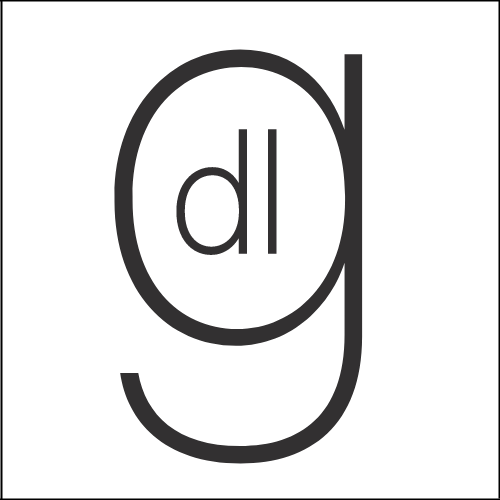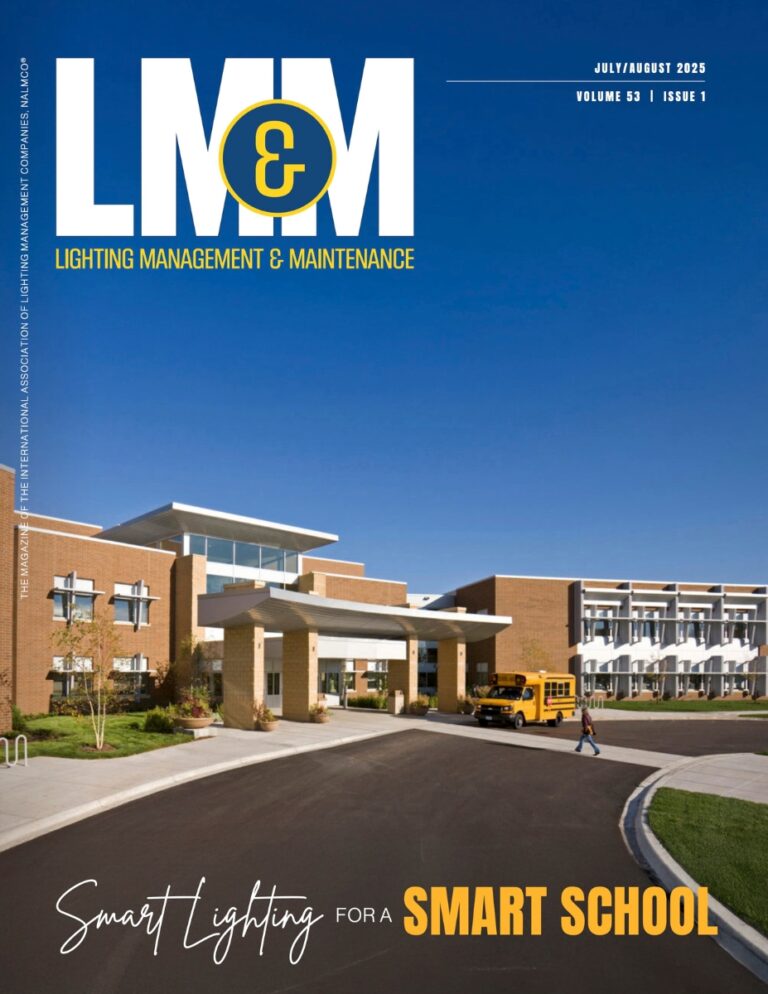Federal Circuit Reignites LED Tube Lamp Patent Lawsuit Between Super Lighting and CH Lighting
A recent Federal Circuit decision significantly impacts patent enforcement in the lighting industry. The U.S. Court of Appeals for the Federal Circuit partially reversed a lower court ruling. This decision affects the ongoing LED tube lamp patent lawsuit between Jiaxing Super Lighting Electric Appliance Co., Ltd. and its North American affiliate Obert, Inc. (together, “Super Lighting”) and CH Lighting Technology Co., Ltd., Elliott Electric Supply, Inc., and Shaoxing Ruising Lighting Co., Ltd. (together, “CH Lighting”).
The case, originally tried in the Western District of Texas, involves three patents for LED tube lamp technology. The Federal Circuit’s ruling mandates a new trial. This trial will address the validity of two patents and the awarded damages and it marks a new phase in this high-profile intellectual property dispute.
The Patents at the Heart of the Dispute
Super Lighting owns the three patents in question:
- U.S. Patent No. 10,295,125 (’125 patent) and No. 10,352,540 (’540 patent) – These “tube patents” focus on structural improvements in LED tube lamps. The ’125 patent describes an LED tube lamp with a flexible printed circuit board mounted directly onto the tube’s inner surface. The ’540 patent expands on the ’125 patent by adding a diffusion film for uniform light.
- U.S. Patent No. 9,939,140 (’140 patent) – This patent covers a shock-prevention system for installing LED tube lamps. It controls current flow using a pulse generating circuit and a detection circuit.
The trial court found all three patents valid and infringed. It awarded Super Lighting almost $14 million in damages.
Why the Federal Circuit Reversed
The appeals court disagreed with how the lower court handled key evidence. Specifically, it questioned the handling of CH Lighting’s claim that the ’125 and ’540 patents were invalid. CH Lighting argued the patents were invalid under the America Invents Act’s (AIA) “on-sale bar” provision. They presented expert testimony and documents. These materials suggested similar LED tube lamps were on sale before the patents’ effective filing dates, which would invalidate them.
However, the district court excluded:
- Authentication testimony for documentation showing a competing product (the MaxLite tube) was offered for sale before the filing date.
- An internal Super Lighting presentation (DX-41) showing possession of allegedly prior-art LED tubes before patent filings.
The Federal Circuit ruled that these exclusions were erroneous and prejudicial, preventing CH Lighting from fully presenting its defense. As a result, the court reversed the district court’s judgment on the validity of the ’125 and ’540 patents and ordered a new trial on both validity and damages.
Jury’s Verdict on the ’140 Patent Stands
In contrast, the jury’s findings related to the ’140 patent were upheld. CH Lighting had argued that International Patent Application WO 2012/066822 (“Ono”) anticipated the asserted claims of the ’140 patent or that its own LT2600 chips did not infringe. The jury concluded that Ono did not anticipate the claims of the ’140 patent. The Federal Circuit found substantial evidence to support that decision, including expert testimony that CH Lighting’s components met the “pulse signals that control turning on and off” criteria specified in the ’140 patent’s claims.
This portion of the LED tube lamp patent lawsuit is now settled in Super Lighting’s favor, solidifying the strength of their installation safety technology patent.
Damages Expert Testimony Under Scrutiny
Another significant component of the appeal involved Super Lighting’s damages expert, who based royalty rate calculations on prior licensing deals. The Federal Circuit found that the district court should assess the reliability of her testimony consistent with the court’s recent en banc decision in EcoFactor and under Rule 702 of the Federal Rules of Evidence.
The court noted that the expert’s methodology—particularly her failure to apportion the license fees to account for licensed patents that were not asserted and her reliance on internal company beliefs—may not meet the standards.
As a result, even though the infringement ruling on the ’140 patent stands, the entire damages award was vacated, and a new damages trial is required.
What This Means for the Lighting Industry
This decision serves as a strong reminder that IP litigation in the lighting industry hinges not only on patent claims and infringement, but also on proper evidentiary support and expert testimony. For manufacturers and suppliers alike, the ruling underscores the importance of:
- Meticulously documenting product development timelines
- Carefully managing prior art and licensing strategies
- Ensuring expert witnesses use defensible, apportionable methodologies in damages analysis
As the LED tube lamp patent lawsuit heads back to trial, all eyes will be on how this influential case shapes patent enforcement strategies across the lighting sector and beyond.





